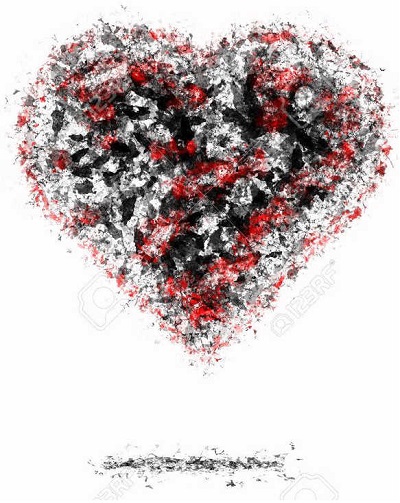FWP:
SETS == PARALLELISM
The two 'A,B' lines look to be parallel, and that's how the commentators read them: as paraphrases of each other, as two descriptions of the same basic situation. But that's not, of course, the only relationship they could have.
=A therefore B: If the first line is the cause and the second the effect, then it's the heart's restlessness that causes the breast to begin seeking a deadly wound. And why? In order to escape into death from the miseries of restlessness, and thus avoid further pain? In order to reopen the sufferings of passion, and thus incur further pain?
=B therefore A: If the second line is the cause and the first the effect, then it's the breast's seeking of a deadly wound that causes the heart to feel 'a sort of' or 'something like' [kuchh ik] restlessness. And why? Because it has a foreboding of further sufferings to come? Because it longs to escape from this wretched world into death?
Since we can't pin any of this down, we ourselves are left with 'something like restlessness', as the possible permutations of interpretation cycle back and forth in our minds.
In its nostalgic (?) envisioning of a renewed plunge into
the cauldron of passion, this ghazal is also a contextual cousin of the contemporaneous and even longer {233}.
Unusually for such early ghazals, he chose to put every single verse of both into the published divan. To set the tone, both ghazals make very frequent use of phir
.

Nazm:
That is, the heart is becoming restless, and again the longing has arisen to experience the wound of passion. (177)
== Nazm page 177